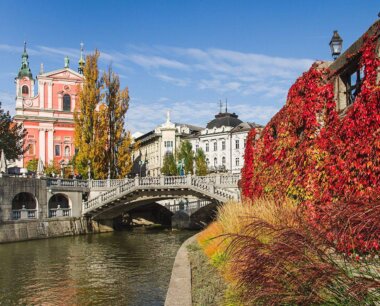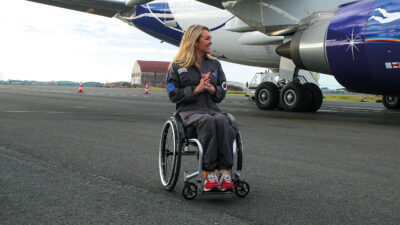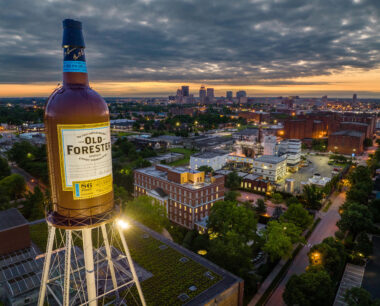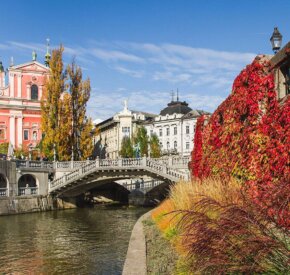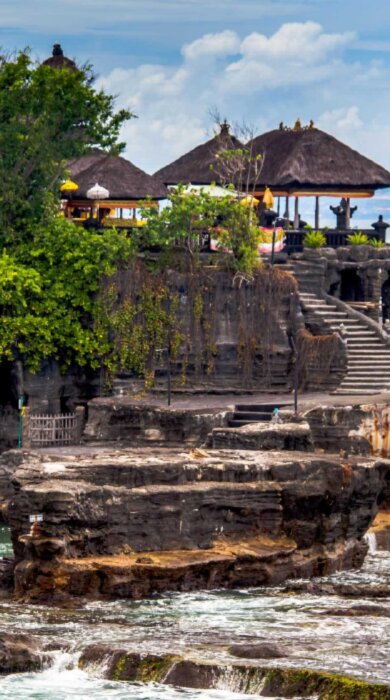
West Indonesia: Bali and beyond
Komodo dragons and teeming reefs, fuming volcanoes and fiery cuisine… Discover the idyllic (and economical) islands of Java, Sumatra and Bali
Stretched like a chain of stepping stones across the equator, Indonesia forms the world’s largest archipelago – more than 17,000 islands spread across 5,000km of tropical seas. It’s a country of superlatives, boasting big nature in abundance: dazzling coral reefs, dense rainforest reserves, megafauna (the world’s biggest lizard) and megaflora (Rafflesia, the largest flower).

This is one of the planet’s most volcanic corners, with around 150 active cones. When Sumatra’s Toba volcano erupted 70,000 years ago it almost wiped out the human race; in 1815 the ash cloud from Tambora caused the ‘year without a summer’ (and all those dramatic sunsets for Turner’s paintbrush). Seismic friction also provokes regular disasters, including the devastating tsunami of 2004.

Indonesia is great value, and a part of South-East Asia where exploring can still feel like an adventure. Bali is the one corner of the country where tourism is really evident – and even here it’s easy to escape the crowds.
Elsewhere, you can take a pick ’n’ mix approach to your travels. Try Sumatra’s rainforests, orang-utans and Dutch colonial towns; Java’s historic monuments and bewitching landscapes; Bali and Lombok’s diving and surf; or Nusa Tenggara’s volcanic crater lakes, Komodo dragons and tribal culture. You pays (not much) money, and you takes your choice.
Bali and Lombok
Why? Surfing, snorkelling, culture and climbing the craters
Time: Two weeks
Route: Seminyak – Uluwatu – Ubud – Gunung Batur – Lovina – Gili Islands – Rinjani – Mawan
Bali is Indonesia’s only Hindu-majority island; Balinese daily rituals, ceremonies and offerings give the place a unique feel. Lush, green and incredibly fertile, Bali offers a delectable experience of the tropics.

Bali’s spiritual heart is Ubud, an overgrown village of art galleries and museums, dance performances, a great local market and some amazing hotels. From here you can access the active mini-volcano of Batur or sacred Agung itself (the island’s highest peak at 3,142m), then head up to Lovina on the north coast, a low-key beach centre with family-owned homestays and a coastline of sheltered dark sands.

On neighbouring Lombok, mighty Rinjani volcano – its jagged 3,726m profile looming over the north of the island – is sacred to both Hindus and mystic Muslims. Rinjani offers the region’s premier trek, scaling the sides of a giant cone to the lip of a great caldera, then hiking into the crater itself past the smoking mini-cone of Gunung Baru to a sacred lake. Pilgrims from as far away as Java journey here to make offerings at this spellbinding place.
Lombok’s unspoilt southern coastline consists of a dozen or so magnificent bays pounded by the Indian Ocean. This is prime surfing terrain, though there are also a couple of good swimming beaches, including idyllic Mawan, with clear blue seas and a crescent of fine sand.
Eastern Nusa Tenggara
Why? Unique tribal traditions and ravenous dragons
Time: Two to three weeks
Route: Flores – Rinca – Komodo National Park – Sumba
East of Lombok the Indonesian chain loops towards Australia’s Top End. This remote, diverse region, known as Nusa Tenggara, is peopled by Muslims (both strictly orthodox and resolutely mystic), Catholics, Protestants, tribal groups and a smattering of Chinese and Hindus.


Labuanbajo is also the place to set up a dragon trip. These days most boats leave for Rinca, closest to Flores, rather than Komodo island itself. About 1,000 ora lizards inhabit both islands. The whole dragon-hunting experience is delightfully (or concerningly) casual, with just a ranger and a stick between you and the dragons; you’re sure to see several.
Sumba has a fascinating indigenous religion, marupu, and remarkable ikat textiles. Try to catch a funeral ceremony: these involve the sacrifice of horses and buffalo – the more killed, the smoother the ascent to heaven. If you’re here in February/March the pasola – a ritual war involving bareback spear-throwing horsemen – is one of Indonesia’s greatest spectacles.
Java
Why? Ancient temples and mighty volcanoes
Time: Two to three weeks
Route: Jakarta – Bogor – Cianjur – Pangandaran – Yogyakarta – Borobudur – Prambanan – Mt Bromo – Ijen

To the east, sleepy Cianjur hosts an excellent homestay programme run by fluent English speakers, allowing you to get to grips with the complexities of Javanese life via visits to schools, farms and everyday conversation.
On Java’s south coast, Pangandaran sits at the centre of swathes of tropical beaches. This is prime surf country: a great place to learn to ride waves by day and feast on seafood after dark. Visit the national park south of town, thronging with fruit bats, and nearby Green Canyon for waterfall showers.

Eastern Java is less populated, drier and wilder. Bromo’s huge volcanic caldera is the big draw. Climb the viewpoint for the best perspective: the belching cone of Semeru (3,676m) sits on the horizon and lava flows are exposed before you.
The final stop is Ijen, another volcano; this one is worked by sulphur miners, who hack out great chunks and lug them back down the cone. It’s quite a scene, with smoke and steam billowing around the edge of the crater, a window on the earth’s core.
North-west Sumatra
Why? Exploring the wild west island
Time: Three weeks
Route: Medan – Bukit Lawang – Gunung Leuser National Park – Tangkahan – Berastagi – Lake Toba – Bukittinggi – Lake Maninjau – Mentawai Islands

The island’s main city, Medan, is the gateway for Bukit Lawang, home to an orang-utan rehabilitation centre. Several thousand of the ginger apes swing through the nearby forest; you’re sure to encounter them at the feeding station, or on a jungle hike into neighbouring Gunung Leuser NP.
In nearby Tangkahan Forest Reserve you can spot monkeys and birdlife, and go tubing in a pristine river. Trips north to Aceh province, which is recovering well after the 2004 tsunami, are an option from here.

You’ll cross the equator (where buses always stop for photos) en route to Bukittinggi, a pretty market town with a temperate climate and a crop of Padang restaurants serving the spiciest, most chilli-saturated food in Indonesia. Bukittinggi is also the base for ecotourism adventures to Minangkabau villages (their houses look like upturned boats), nature reserves and the delightful crater lake of Maninjau.
The glorious Mentawai Islands offer world-class surf, trekking and encounters with tribal people – well worth an offshore detour. Siberut, the main island, is a Unesco Biosphere Reserve; its forest contains several unique primates.
Main image: Tanah Lot Temple in Bali (Shutterstock)
